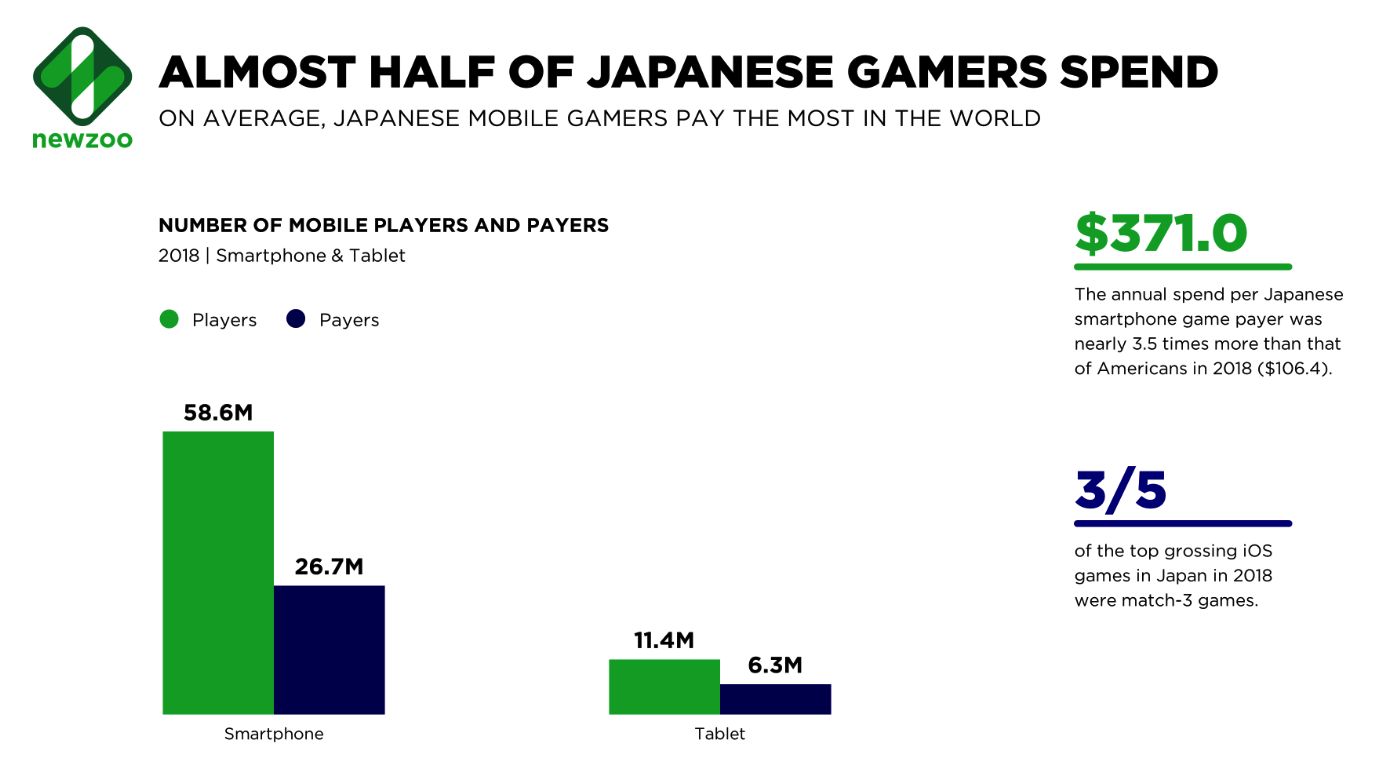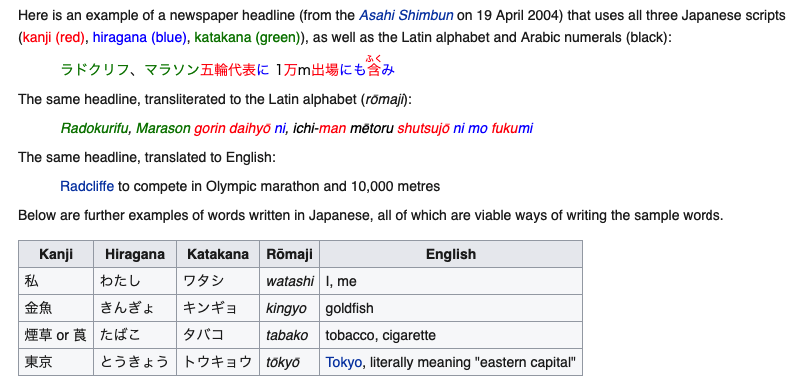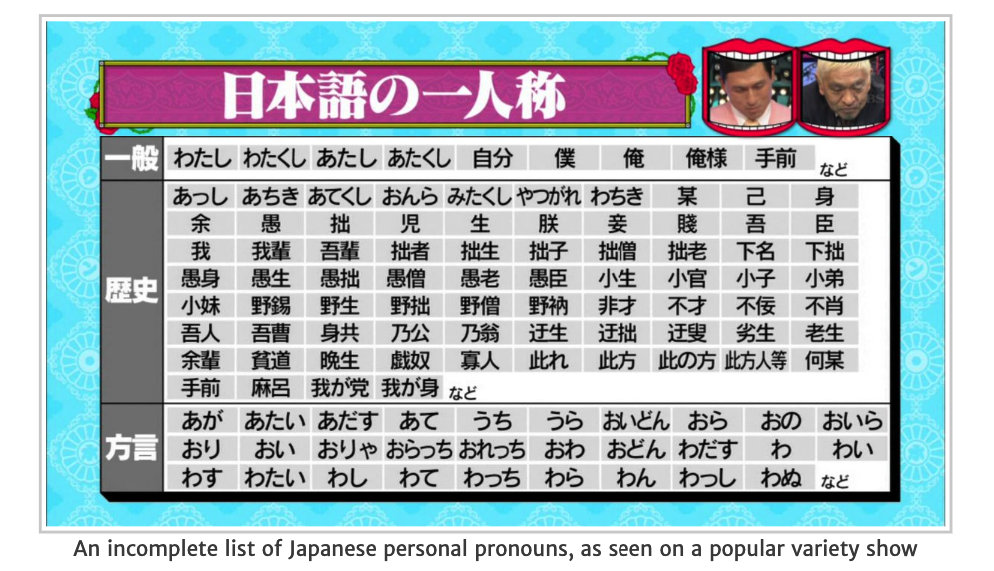10 Japanese localization tricks that all successful games use
Japan is the 3rd largest games market in the world. Japanese gamers also spend more than Spanish and Italian gamers. Before you enter the Japanese gaming market, localization is always the first and top-notch step. I will share more with you here.

This article is originally posted on LocalizeDirect blog.
KEY TAKEAWAYS:
Japan is the #3 largest games market globally after the US and China. Japanese mobile gamers are the biggest spenders in the world.
Censored violence is an inevitable part of the Japanese gaming culture.
Tone of voice and gender-related language is a regular stumbling block in Japanese game localization.

Why translate your game into Japanese?
Japanese is one of our top 10 localization languages due to the market’s high profitability.
77% of paying gamers spend money on in-game items or virtual goods. Mobile games are the most popular and profitable category. The annual spend per game payer was $371 which makes Japanese gamers the highest spenders in the world.

Number of mobile gamers and players in Japan, 2018
Source: Newzoo
In Japan, both Google Play and iOS monetize strongly. This shows what the mobile market in Japan can offer.
What are the most popular game genres in Japan?
RPG is by far the #1 game genre in Japan. Simulation gamers are high spenders; simulation games rank high in top grossing, but fairly low in top free.
A smartphone is the main games medium, with iOS as the first platform choice for Japanese gamers. The main reason is that consumers have a lot of time to kill when commuting and take this opportunity to play their favorite game. Capcom’s Monster Hunter had great success in Japan and pushed the portable device market forward.
On mobile devices, the most downloadable game genres in Japan were battle royale (party battlers), hypercasual, puzzles and action games.
In terms of the game revenue, battle royale is the highest money-generating genre followed by match-3, MMO strategy, and action games (according to DataMagic data).
Interesting fact: A mix of different genres is a good way to attract the Japanese audience and increase retention rates. For example, Puzzle & Dragons is a card game with an RPG design which may be the reason it is the #3 grossing iOS title.
Japanese fans tend to really get into things they like and find investing in their favorite games worthwhile.
How do you localize your game to Japan?
It’s not possible to just translate games into Japanese. The text needs to be localized. Cultural requirements and norms must be considered, and developers need, from the start, to prepare the app for internationalization with local time, name format, date formats, and flexible text segments.
Japanese has a number of writing systems (kanji, hiragana, katakana, romaji), and two computer input methods which makes it pretty complex from the very beginning. Forget about old English-Japanese dictionaries: Japanese words change constantly, and the official kanji and kana spellings, as well as polite forms, are revised annually by the Japanese Ministry of Education.
Feeling confused? You haven’t seen an example from Wikipedia yet:

Japanese writing systems
Some words use all three scripts in the same word. For instance, 消ã—ゴム(RÅÂÂÂÂmaji: keshigomu) means “eraser”, and uses a kanji, a hiragana, and two katakana characters. Crazy, isn’t it?
The best Japanese video game localization practices
#1 Mind tone of voice
Japanese is extremely regulated language. It has various politeness levels depending on the hierarchical status of the interlocutors, their relationships, social status, etc. So-called “neutral” Japanese can sound like a very polite and sterile language.
On the contrary, English source language tends to be pretty informal, which makes a direct translation for the Japanese market impossible - the text would be too abrupt. An imperative form is too strong in Japanese and might give the wrong impression.
Fun fact: Japanese has many personal pronoun uses, As a result, the use will depend on the situation in which the person is speaking and the qualities that s/he wants to possess (like masculinity, power, confidence, intimidation, etc.). “I” and “me” will sound different in professional or informal environments. People even mention their preferred pronouns on their online pages.

Japanese pronouns
#2 Gender related localization issues
When localizing into Japanese, the text needs some extra preparation. Japanese requires strict rules on who is the speaker and who is the receiver, so as to translate properly.
Otherwise, it will make a male character speak in a female tone and a woman with a male voice. In Japanese, this makes the game plain and not enjoyable to play.

#3 Use placeholders
In Japanese, the order is “Subject + Object + Verb”, but that’s not applied in English. A sentence like “I game play” sounds odd in English, but that’s the order in Japanese. To improve the translations, put a placeholder in the source text:
Eric has destroyed Anna’s bases and gained {xxxxx} because then the Japanese translator can translate the string properly and mark the placeholder at the right spot: Eric has destroyed Anna’s bases and {xxxxx} gained.
#4 Strings & transliteration
Japanese strings tend to be shorter than English but when it comes to transliteration, their length is longer what can cause some issues when it comes to mobile game localization. Transliteration is pretty common in game translation to Japan.
#5 English UI
Japan has a pretty low English proficiency score. Nevertheless, Japanese gamers accept English interfaces because they look cool. Check it out with your loc manager on whether full interface localization is necessary.
#6 Forget about “translate everything” approach
Since English has been an important part of Japanese gaming culture, local players are used to English titles and phrases. Even more: gamers EXPECT to see English in the game and a game with no English may seem weird to them. English is accepted in menus, UX text and some messages to the gamers.
#7 Sensitive topics
Some topics will be negatively received in Japanese video game culture.
Avoid promoting any religions, images of tobacco products and drugs in your game. Also, when using cultural elements or beliefs, double-check that they are Japanese, not Chinese (since they are often mixed up with the Chinese culture, and that’s something that Japanese gamers won’t tolerate).
via MEME
#8 Symbols & colors
Read more about:
BlogsAbout the Author(s)
You May Also Like













